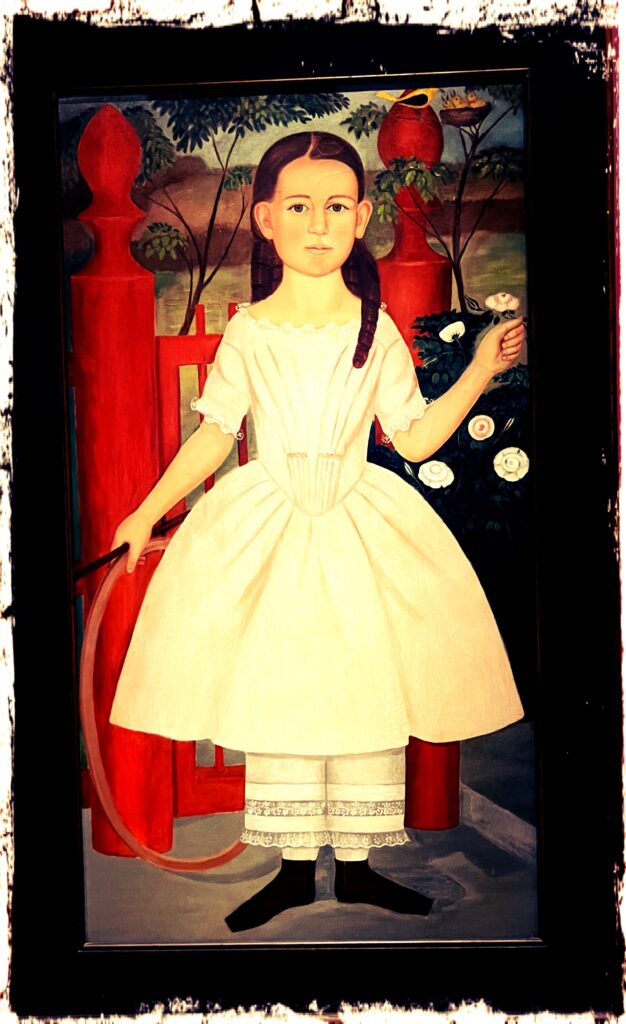by Katharine Elizabeth Monahan Huntley

“Well, there are never enough entertaining movies. . . . But there’s entertainment, and then there’s engagement. And ideally both can happen.”—Todd Solondz
Todd Solondz, an original voice in the independent film world, creates family relationships that are immediately, if not uneasily, recognizable. Welcome to the Dollhouse is a grand argument story. Happiness is not, it is instead: “. . . five separate tales of modern alienation, romantic woe, and shocking transgression into a merciless critique of American lifestyles . . .” (“That Lovin’ Feeling” 37).
The title Welcome to the Dollhouse serves as ironic commentary on main character Dawn Wiener’s throughline, neither welcome nor a pretty doll the eleven-year-old is put in her place and must stay there. She is the quintessential middle child of a middle class family in suburbia, New Jersey.
Dawn’s main character throughline is an exploration of her present situation. Ignored at home and designated “dogface” at school, she is not accepted. Typical conversation is: “Why do you hate me?” “Because you’re ugly.” Nevertheless, when confronted with a dilemma, Dawn takes immediate, external action. In one scene, she shoots a spitball back at the boys who have antagonized her. Unfortunately, it hits a teacher right in the eye. When she explains to her parents in the principal’s office: “I was fighting back!” Dawn’s mother’s response is: “Who ever told you to fight back?”
The impact character function is handed off between two characters; Brandon, a junior high classmate of Dawn’s, and Steve, lead singer of Dawn’s older brother Mark’s garage rock band. They each contend with issues of image. Brandon puts on a cool juvenile delinquent act; Steve is a longhaired wannabe rock star popular with the girls—high school and junior high. Neither is onscreen at the same time, both irrevocably impact Dawn.
In the main vs. impact story throughline, teen crush takes on new meaning when Steve, adored by Dawn, humiliates her after weeks of encouraging the infatuation:
DAWN
I was wondering if . . . well, I’ve been thinking seriously of building another clubhouse, and I wanted to know, would you be interested in being my first honorary member?
STEVE
What are you talking about?
DAWN
The “special people” club.
STEVE
Special people?
DAWN
What’s the matter?
STEVE
Do you know what “special people” means?
DAWN
What?
STEVE
Special people equals retarded. Your club is for retards.
Dawn and Brandon continue on in the main vs. impact story throughline, learning the “mechanics of the dance,” a courtship ritual that necessitates vicious dialogue to protect their vulnerability:
DAWN
Brandon, are you still going to rape me?
BRANDON
What time is it?
DAWN
I don’t know. But I guess I don’t have to be home yet.
BRANDON
Nah, there’s not enough time.
DAWN
Thanks, Brandon.
BRANDON
[Affectionately holding her close] Yeah, but just remember, this didn’t happen. I mean no one . . . because if you do, I really will rape you next time.
DAWN
Okay.
The overall story throughline addresses what happens to those who have ideas about what makes them unique, ideas that differ from the accepted norm. They fail. Steve goes off to New York:
MARK
He dropped out of school and left town. He wants to try making in New York as the next Jim Morrison.
MR. WIENER
Stupid idiot kid. He’ll never make it.
MARK
Yeah, that’s what I told him. He’ll never get into a good school now.
MRS. WIENER
Oh, he won’t make it.
MR. WIENER
Never make it.
MRS. WIENER
Never.
Brandon is unfairly expelled for drug dealing (a crime he does not commit), and his father’s reaction is to send him to the reformatory. Instead, Brandon ends the impact character throughline by running away to New York, after first asking Dawn to accompany him. An offer she cannot accept.
DAWN
Wait—I’m so sorry.
BRANDON
Well, it’s too late. I’m getting’ outta here. And who knows, maybe I will deal drugs now.
Dawn takes a trip to New York as well, but unlike Steve and Brandon it is not to make a new start, it is a reaction to her little sister’s kidnapping. She searches for Missy to bring her desolate family back into balance and hopes it will finally give her the love and acceptance she desperately needs. The Wieners barely notice her absence:
DAWN
Is mom really upset?
MARK
Not really, actually. They found Missy this morning.
Todd Solondz’ grand argument against conformity concludes when, unlike Ibsen’s Nora, Dawn doesn’t leave the dollhouse. She instead takes a school bus to Disneyworld, just one of the Benjamin Franklin “Hummingbirds” numbly singing her junior high school song: “. . . now put on a smile then wipe off that frown . . .”
Solondz revisits New Jersey (“a state of irony”) in his next film, Happiness, which is anything but. His disturbing depiction of American life (carried over from Welcome to the Dollhouse) stings with caustic humor as it attacks pretension and reveals aberrant behavior behind closed doors. Happiness is fleeting, illustrated when one sad sack announces: “I am champagne,” then later commits suicide.
Happiness is not a grand argument story. It is Solondz’ indictment against adults who are egocentric and perversely afflicted. The characters are loosely related to three sisters, Trish, Helen, and Joy, and not a jot of fun is to be found in this family’s dysfunctions. Solondz’ denouncement of grown-ups can be inferred from a scene in which Trish’s husband Bill Maplewood, a psychiatrist, allows to his psychiatrist:
BILL
My patients are ugly. Their problems are trite. Each one thinks he is unique. On a professional level they bore me. On a personal level I have no sympathy. They deserve what they get.
The relationship between Bill and his eleven-year-old son, Billy, has the makings of a main vs. impact story, but it is not fully developed. What is certain is an unhappy ending; Bill’s stoic countenance masks his anguish as he admits his pedophilia to the shattered boy.
Solondz does concede a hint of hope for humans and their frailties, indicated in an exchange between Kristina and Allen:
KRISTINA
(while eating her sundae)
Anyway, so then I had to cut up his body, plastic bag all the parts . . . I’ve been throwing it out gradually ever since. There’s still a little left in my freezer.
ALLEN
So you cut off his . . .
KRISTINA
No. I left it attached. I didn’t want to have to touch it again. . . . Can we still be . . . friends?
ALLEN
Um . . . I guess . . . Yeah . . . I mean, we all have our . . . you know . . . pluses and minuses . . .
Happiness is a bold statement that is brave in its subject matter. Unlike Welcome to the Dollhouse, however, it is not a grand argument that examines the problems from the overall story, main vs. impact story, main character, and impact character points of view. Without all four of these perspectives it remains just one auteur’s harsh, albeit darkly humorous, opinion.
Works Cited
Solondz, Todd. Happiness. Screenplay, 1997.
Solondz, Todd. “That Lovin’ Feeling.” With Scott Macaulay. FILMMAKER 7 1998: 37-39, 104-05.
Welcome to the Dollhouse. Dir. Todd Solondz. Screenwriter Todd Solondz. COL, 1995.
